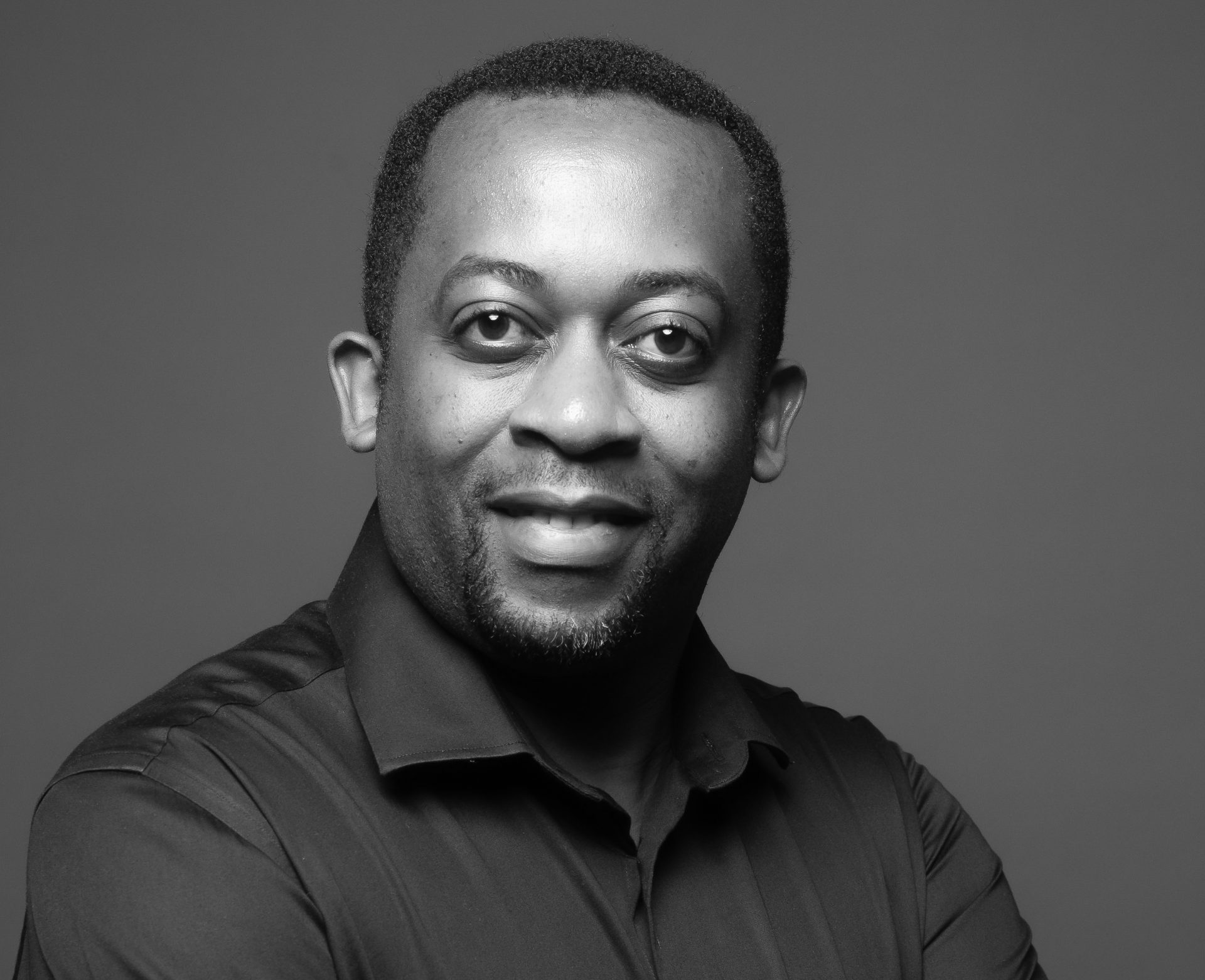We’ve heard several reports about Artificial Intelligence (AI) and at first, it seemed like all the news brought fears about Job stability and the relevance of professionals in various industries. Katie King, CEO, AI in Business phrases it best, “After so many years of scepticism and resistance, we’re finally witnessing a surge in interest in AI within Public Relations.” A great example is the Open AI’s ChatGPT tool launched on 30 November 2022. Within a week it gained one million users and by the end of January 2023, this had risen to 100 million global users.
Navigating the change that comes with something as revolutionary as Artificial Intelligence requires credible sources of information to guide professionals. The CIPR report on Artificial Intelligence is about the current application of tools in the Public Relations profession as well as the explosion to come in Communication, Public Relations, and Marketing tools as a result of AI.
Here is some data that you may find interesting:
- According to this report, the application of AI within Public Relations-related tools remained somewhat limited up until November 2022. Presently, there’s been a burst of new AI-driven tools, services and use cases with the potential to impact virtually every aspect of the Public Relations profession.
- An overview of the current Public Relations tools market based on a comprehensive dataset built by Chiefmartec of more than 10,000 tools showed that there are about 5,855 tools that have the potential to be applied to Public Relations practice.
- “Prompt Engineering”, the skill of providing an AI with the right prompt, may well be a highly prized ability for all Public Relations professionals in the future.
- Those in the AI augmentation camp don’t see AI tools replacing practitioners – but do see them used to support the content creation process. Rather than expecting the AI to do all the work, they argue, it can help PRs focus their time and effort on generating more valuable written content.
Worthy of note is this statement by Communications and AI practitioner Christopher Penn, “What these tools produce is still a statistical average of what they’ve been trained on. They’re not going to produce anything original because they can’t by definition. But what if you don’t want average? What if you aspire to more than mediocrity? What role do these tools play? Here’s the part everyone is overlooking: these tools are better at refining than creating, and that’s the secret we need to understand to unlock their power. Because these models – their technical name really is transformers – are adept at taking in inputs and transforming them into outputs, they are actually BETTER at refining text than they are creating it.”
The report also suggests that beyond learning how to use more tools, Public Relations professionals need to ask bigger questions. For instance, governance questions like “What does this mean for our practice and more widely, our organisations? What impact does this have on our stakeholders, for good and bad?” are crucially important.
The report also alerts us to the dangers of getting so good with AI that we lose real human connections with our stakeholders.
The full report offers many insights that PR professionals will definitely find useful. You can download it here.




